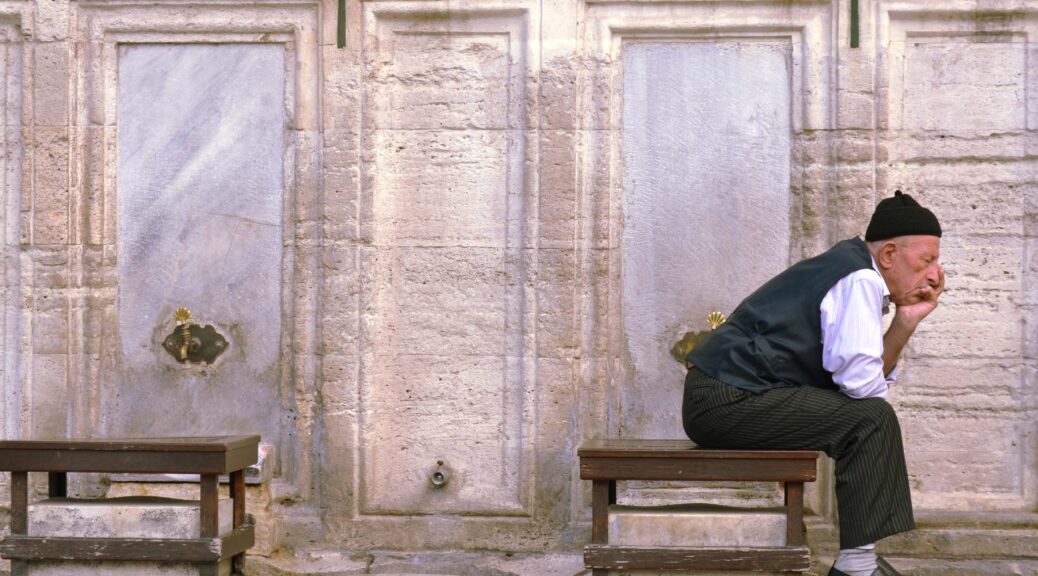Varkala, Kerala
A gem! Beautiful nature, good food (Kerala is known for its vegetarian and seafood cuisine), nice people, yoga classes for those who care, ayuverdic clinics for those curious about medicine, just want to get a good massage or need to talk to a doctor. I haven’t been to a city of Varkala Itself because Varkala Cliff where we stayed was more than enough for me and I really wanted to get the most of it. Kerala is also known as the most educated state currently ruled by a Communist party. It is a home to a religious mix of Hindus, Christians and Muslims. Kerala as a state has been marketed as “God’s own country” for its natural beauty.
I went to a yoga class along with other students who practice yoga either for personal satisfaction or professional reasons. Some people in my class were yoga instructors from other countries getting additional training.
Russian is somewhat spoken in Varkala cliff area, thankfully much less than in Goa. For those who are under impression that everyone in India speaks English – you are so wrong! Only those who receive very good private education speak English and that excludes taxi drivers, restaurant waiters and most hotel personnel.
The most significant and transformative part of my trip was meeting with an Ayurvedic doctor. I have a skin rash on my palm, which has been coming and going for sometime now. I wanted to discuss that, plus, I am in general very curious about non-traditional medicine, nutrition and other matters that are good for a temple of my soul. So, my yoga teacher took me to Dr. Innocent (that’s his real name).
The first question I got asked is “what do you eat?”
Me: for breakfast I usually have eggs…Dr Innocent: oh… you will have to change your diet completely
Here my nutrition world tilts. I tell him I am not a big meat eater and I eat eggs to compensate for protein I am not getting. The doctor gets into an explanation of human body types and cooling/ heating properties of any food. For example, cucumbers are cooling and I should eat them while chicken egg is heating and to be avoided, however, I can eat a duck egg because a duck egg is cooling.
My Ayurvedic diagnosis is that I have pitta (fire) imbalance and that means I have to eat foods with cooling properties. The specific food I should avoid is:
- Tomatoes because they are acidic (goodbye pasta napoletana!)
- Cheese
- Yoghurt only for lunch with a little honey – it is acidic (while I have been eating yogurt thinking it is the healthiest food on planet Earth)
- Sour cream because it is heating (cream is cooling, so, cream is allowed)
In addition, I should avoid spicy and oily food – I am cool with this.
Other interesting takeaways:
- Honey + Hot water = Poison. Goodbye hot tea with lemon and honey, it turns out I have been poisoning myself my whole life.
- Self -massage should be administered daily in a downward swiping directions. If you have no time for a full body massage, at least you should massage your head, ears and feet daily.
- If you have difficulties falling asleep at night, take a glass of milk (not hot!) with honey before a bedtime.
I bought Ayurvedic medication which I will take for at least 3 months, herbal body oil for cooling “the fire”, coconut based herbal head oil + now I am on a diet.
So, after we discussed my medical matters I was still reluctant to leave and started leading the conversation in a direction that would satisfy my curiosities. I start with “Why is your name Innocent?”.
Dr. Innocent: because my father named me so (smiles)
Me: are you Christian?
Dr. Innocent: No, Hindu
Me: do you believe in a cast system?
Dr. Innocent: No. If I give the same medicine for the same condition to people from different casts and it cures both of them, how can there be a cast difference between people?Me: how did it happen that India developed its Ayurvedic traditions? Think of it, every oil you use contains so many herbs prepared in a certain way. To come up with just one medicine probably required years of research…
Dr. innocent: that still remains a big question. Back in the days, ages ago, people lived very peacefully because they knew that they had to live their life’s purpose. When you live your life purpose, you have a focus and maybe those people had a focus on medicine.
As we talk I learn that Dr. Innocent (the man is in his thirties, maybe early forties) has 3 degrees – in zoology, applied microbiology and medicine. After trying different things he eventually came to Ayurveda which is something his family has been practicing for over 500 years. Sometimes his patients pay him, sometimes they don’t, like a recent foreign patient who promised to wire the money for the treatment but he hasn’t done it yet. Then he adds calmly and with a certainty “but he will, one day the money will come”. The important thing is not about money, it is about living your life purpose and his life purpose is to treat people.
Voila!
As a side note, in Air India’s in-flight magazine I read that India’s spiritual revenue is estimated to be 30 billion dollars a year. That is all sorts of ashrams, astrologers, yogic training,, etc. 30 billion dollars a year spent on learning one’s life purpose and making the most of it!






